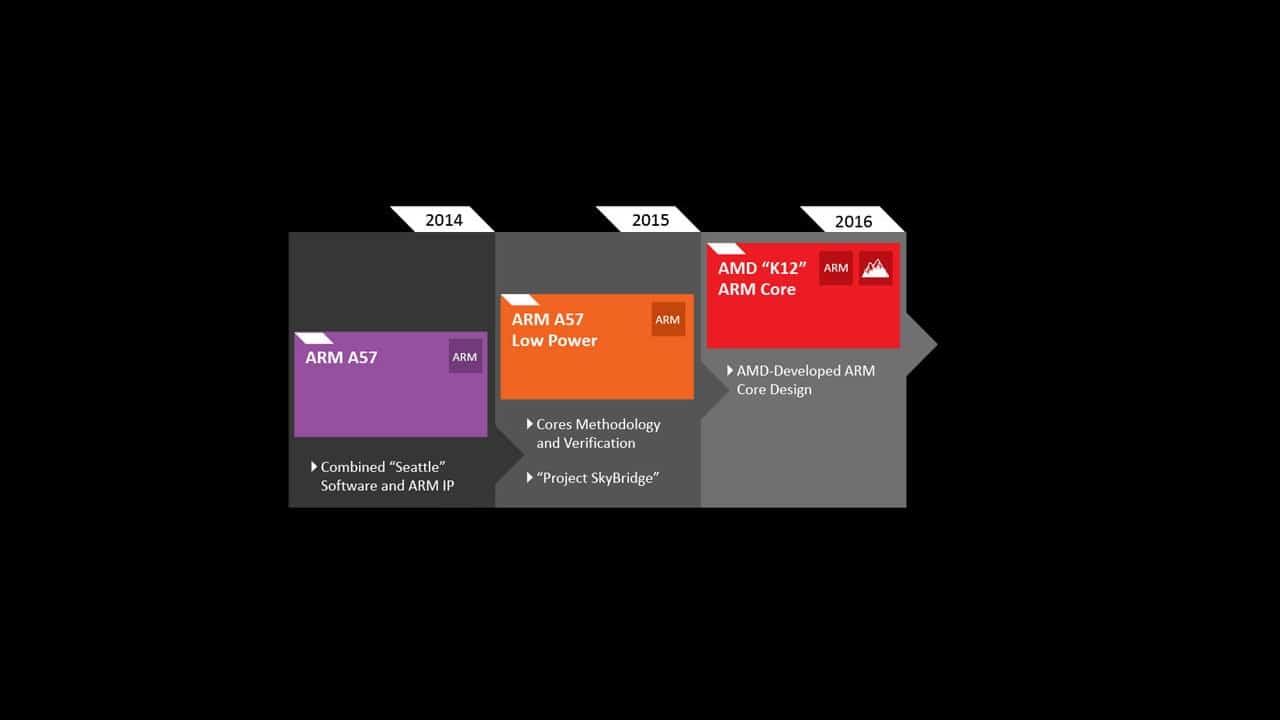
When Jim Keller was at AMD, one of the projects he started was the K12 microarchitecture. AMD had already released its Opteron A-Series, based on ARM Cortex cores, but they wanted to go further with their own microarchitecture without IP cores like the previous ones. That is, the same thing that Apple Silicon has done now. But that product was abandoned ...
... or rather, they left it latent. Nothing was known about her, and several years have passed since the final product should have been released without knowing anything. Now AMD has recovered this work and is preparing an alternative to Apple M1 SoC. A new SoC with ARM CPU designed by them and with integrated DRAM.
This K12 FFX microarchitecture was based on the 8-bit ISA ARMv64, and initially it was intended to create chips for efficient servers. But now the aim of AMD has not been made too clear. They may be aimed at new generations of high-performance notebooks and mobile devices.
What does seem clear is that they want a winning bet, using ARM cores and Radeon GPU (RDNA2) combined in one SoC. Something that you also wanted to do Samsung. In this way, the energy efficiency and performance of the ARMs are combined, together with the good graphics performance of the Radeon, which would surpass the GPUs that are now used in the ARM world (see PowerVR, Adreno, ...).
Could this solve the M1 GPU problem that Linus Torvalds was saying?. Of course it will be interesting, since for Radeon GPUs there are drivers, so it could be much simpler adapt Linux so that it works perfectly with these chips. Will they be the teams that Linus Torvalds hopes so much? We will see, but the news, although there is not much data yet, I find it very interesting ...